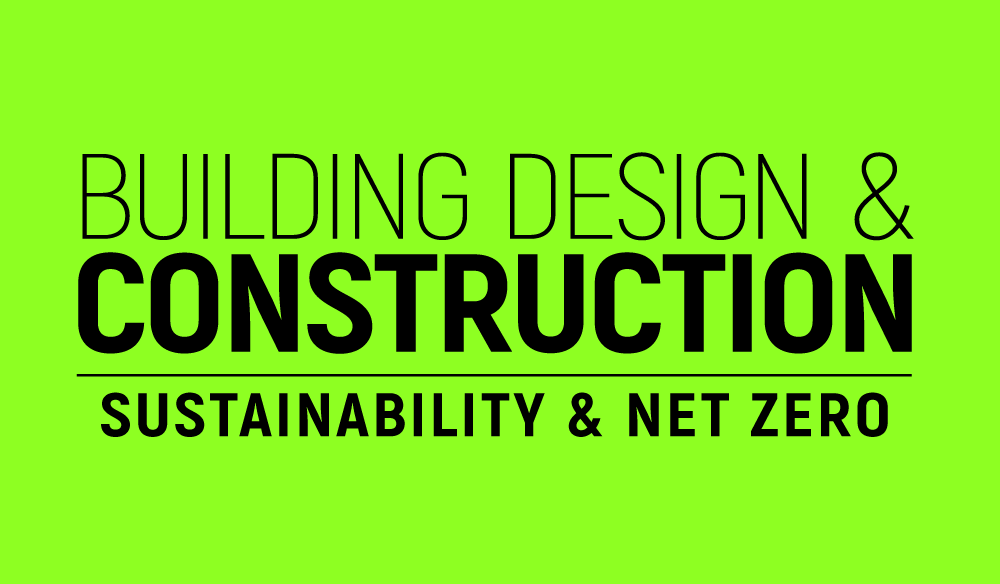The latest JLL report details how energy efficiency, electrification, and clean energy strategies create significant economic value. In real-world cases, AI-based platforms support each of those strategies for better results.

Recently, JLL has revealed a report titled “Low carbon buildings create economic value,” focusing on the dual benefits of energy-efficient buildings – sustainability and economic value. With up to 65% of office buildings globally at risk of becoming obsolete by 2030 if they fail to decarbonize, the report highlights three key areas of focus: energy efficiency, electrification, and clean energy.
The report has compiled data from over 46,600 buildings across 14 global cities. It highlights that energy-efficient upgrades can deliver significant financial benefits.
“The JLL report makes it clear – energy efficiency is no longer a ‘nice-to-have’ feature for commercial real estate; it’s essential for both sustainability and financial health,” said Donatas Karčiauskas, CEO of Exergio, a company that develops AI-based tools for energy waste reduction. “In our case studies, focusing on office buildings, we’ve seen how energy-efficient tech translates into savings, not just in operational costs but also in asset value. We put it a simple way – if you’re not adopting these strategies, you’re falling behind.”
Energy efficient platforms showcase immediate impact
Before the AI-boom, IEA has noted that energy efficiency has the potential to deliver the second-largest contribution to cutting down CO2 emissions globally. Accelerated innovation, digitalization, and system optimization were outlined as having the highest potential to increase energy performance.
Now, JLL report claims that energy retrofits can deliver up to 40% energy savings depending on building type, translating into €2,6 billion in operational savings globally. Research studies showcase how energy waste can be reduced firsthand through AI platforms, which optimize HVAC systems based on real-time data.
“AI allows us to uncover hidden inefficiencies that manual systems can’t detect. In one case, we reduced energy waste by 20% in a commercial building in Poland. Those savings equated to €80,000 in less than a year,” Karčiauskas explained. “But what’s really transformative is the scalability. Whether you’re managing a single building or a portfolio of properties, from office buildings to shopping centers or hotels, AI ensures consistent, measurable savings.”
AI solutions aim to integrate into electrification and clean energy
The JLL report also emphasizes the role of electrification, including electric heat pumps, which are up to 4.5 times more efficient than traditional gas systems. Combined with clean energy sources like solar, electrification presents a significant opportunity for reducing emissions.
“Electrification is where the real leap happens,” Karčiauskas stated. “AI plays a crucial role here, too. In buildings equipped with renewable energy sources like solar panels, our platform can optimize energy use in real-time. By shifting consumption to times when solar output is highest, AI can further reduce reliance on the grid, lowering both emissions and energy costs.”
Similar AI solutions have already shown results in reducing energy consumption and emissions. While currently, such solutions improve energy efficiency by integrating and interpreting the data from thousands of sensors, Karčiaukas shares that it can easily include clean energy data into building operations as well, demonstrating the economic and environmental potential of AI-driven strategies.
“As the report suggests, the buildings that act now will be the ones to thrive,” concluded Karčiauskas. “Those who delay these transitions risk facing regulatory pressures and financial setbacks. AI offers the agility that traditional retrofitting solutions don’t – allowing buildings to adapt in real-time to fluctuating energy prices, carbon taxes, and environmental regulations.”
Building, Design & Construction Magazine | The Choice of Industry Professionals





